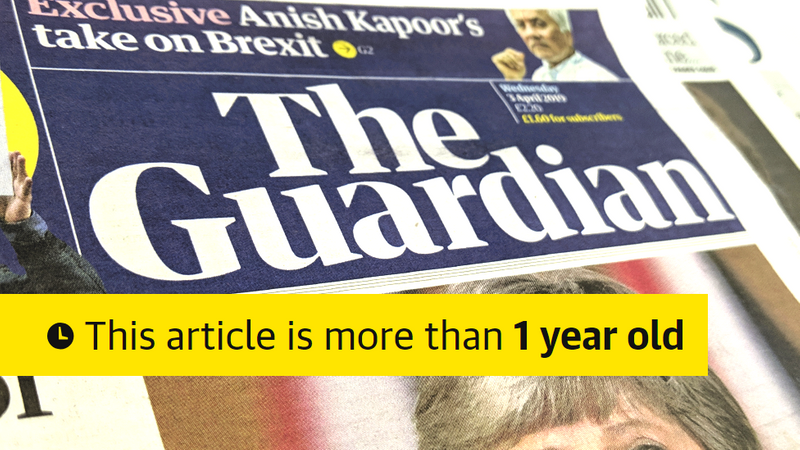
This logo isn't an ad or affiliate link. It's an organization that shares in our mission, and empowered the authors to share their insights in Byte form.
Rumie vets Bytes for compliance with our
Standards.
The organization is responsible for the completeness and reliability of the content.
Learn more
about how Rumie works with partners.
 Photo by ThisisEngineering RAEng on Unsplash
Photo by ThisisEngineering RAEng on UnsplashThere's so much information online these days!
Unfortunately, a lot of what you read online might be misinformation — information that's inaccurate, false, or highly biased.
How can you trust the information you see on your screen?
The CRAAP test was designed to assess the reliability of online sources. It stands for:
Currency
Relevance
Authority
Accuracy
Purpose
Use the CRAAP test criteria to help you:
avoid spreading misinformation
create projects, presentations, and papers that audiences can trust
Did you know?
Currency
You scroll through your Facebook feed and see a reposted article with the headline:
Crime Rising This Year
You read through the story and decide to use it as a source for your presentation about public safety.
There's just one problem: the story is from two years ago.

The article is outdated so it doesn't have currency — the information isn't recent so the situation has probably changed since the article was published.
Before you use a source, ask yourself:
When was it published?
What has changed since then?
Is there more useful, up-to-date information available?
 Do:
Do:
check the date of the article or page
search Google News to find up-to-date information on the topic (you'll see how old the article is in the search results)
 Don't:
Don't:
rely on out-of-date material when fresh information is available
discount older sources if they have accurate information you need
Relevance
If your source is relevant to the topic, it should help you answer the main question of your presentation or essay.
 Photo by Alina Grubnyak on Unsplash
Photo by Alina Grubnyak on UnsplashIf the question is, "How can art change the world?", history websites and online art magazines are good places to start. See if you can find information about famous artists who had an effect on history.
It's also important to use sources appropriate for your audience's understanding of the topic. An academic paper might be too challenging for your peers. Find a source written for a more general audience instead, like an article from an online newspaper.
 Do:
Do:
use sources that help you gain knowledge of the subject
 Don't:
Don't:
choose sources your audience will have trouble understanding
Authority
Everyone can have an opinion about a topic but not everyone has authority — the knowledge and experience to provide reliable information about the topic.

To know if an author is an authority on an issue:
Search Google to find out how much the author has studied the topic.
Research the organization who published the information. Make sure the organization has a reputation as a credible source of information.
 Do:
Do:
research your source's knowledge, experience, and reputation
 Don't:
Don't:
assume your source is an authority on the topic just because they have a title like Dr. or Professor
Quiz
You have to write an essay for your Intro to Psychology university course. Which sources are appropriate? Select all that apply.
Your classmate might have a great blog, but it's unlikely they're considered an expert in the field of psychology. The other sources will be written and edited by authorities on the subject.
Accuracy
Did you know that spaghetti grows on trees?
Before you say, "Hey! Wait a minute," you should know that this 1950s BBC film was made to warn audiences about the power of misinformation.
Of course spaghetti doesn't grow on trees! But a video like this one — professionally produced with an authoritative voice — can make you think otherwise.
To assess the accuracy of information, ask yourself:
Is there evidence to support this? Find data that confirms the claim.
Is this evidence peer reviewed? The data should be approved by other authoritative sources in the same field of study.
 Do:
Do:
look for evidence that supports your source's argument
 Don't:
Don't:
assume that your source is automatically trustworthy
Purpose
While many news sources try to present objective information, others may have a different purpose.
Watch out for:
Bias — opinions that are strongly for or against an idea. Biased stories try to influence you to agree with their argument, so make sure you understand the author's intention.
Clickbait — stories designed to catch your attention with sensational headlines.
Watch the video below for some examples of clickbait:
Avoid deception!
If you're unsure about a source's purpose, find more information about who produced this information. What's their agenda?
 Do:
Do:
be skeptical of sources that use emotional language
 Don't:
Don't:
assume your source doesn't have an agenda
Quiz
Which newspaper headline has a strong bias?
Headlines with emotional language are designed to catch your attention and make you agree with the author's argument. Look instead for headlines that have more neutral or objective language.
Take Action
 Think critically about the online sources you use!
Think critically about the online sources you use!
Your audience will appreciate it!
For your next research project or school assignment, apply the CRAAP test by asking questions:
This Byte has been authored by
Steve Birek
Director of Learning Content at Rumie